Hinduism is the dominant philosophical system of India and of the Indonesian island of Bali. Hindu is a word derived etymologically from the Persian pronunciation of the Sanskrit sindhu, meaning “river” and referring to the Indus River Valley or India itself. Hinduism is more a flow of traditions, practices, and customs than it is a religion in the usual sense of the word. Unlike Buddhism (see Buddhism), Jainism (see Jainism), and Sikhism (see Sikhism), all of which are tributaries of Hinduism, Hinduism can point to no particular founder. If there is a dominant characteristic of Hinduism it is its ability and willingness to absorb all physical and philosophical experience and all gods and goddesses in a happy polytheism (see Hindu Mythology). It is true, however, that in practice, many Hindus tend to concentrate their worship on one of three particular deities—Śiva (see Śiva), Viṣṇu (see Viṣṇu), or the Goddess (see Devī). And in a mysterious way, with its all-encompassing absolute Brahman (see Brahman), Hinduism might be said to be ultimately monist, at least to some schools of thought (see Advaita Vedānta).
The beginning of an understanding of the complexities of Hinduism requires a historical context. Perhaps the earliest source of Hinduism was the religion of the Indus Valley (see Indus Valley Mythology) people of the Neolithic, before the invasion of Aryan (see Aryans) peoples from the north. The Indus Valley culture is sometimes referred to as Dravidian (see Dravidians), after the language probably spoken by the people there, or Harappan after one of the two major cities in the area. Indus Valley archeological evidence suggests a goddess-dominated religion with composite human-animal male figures, a tradition of ritual purification in pools, and a system of ritual sacrifice. Ancient seals depict an ithyphallic yogi-like figure with buffalo horns, a figure mirrored in later Hindu representations of the great god Śiva. The dominance of the Goddess is reflected in later Hinduism's emphasis on the various forms of Devī.
The Aryans, who arrived perhaps as early as about 1500 BCE, brought with them an Indo-European religious system and pantheon that bears much resemblance to the patriarchal systems of other Indo-Europeans such as the Greeks and the Iranians. They also brought the beginnings of what would become the characteristic Hindu caste system, a system that would be dominated by the two upper classes—the priestly brahmans (see Brahmans) and the warrior kśtriyas. Preclassical Hinduism or Vedism is expressed most fully in the sacred knowledge called Vedas (see Vedas, Vedic entries), characterized as Śruti or “that which is heard” (see Śruti). First transmitted orally, the Vedas were eventually transcribed—traditionally by the sage Vyāsa (see Vyāsa), who was also said to have written down the great Hindu epic the Mahābhārata (see Mahābhārata). The Vedas developed over many centuries and are made up of several kinds of texts. First are the four Saṃhitās (collections): the ancient ṛg Veda or “chant Veda” (see ṛg Veda), the Sāma Veda and the Yajur Veda (liturgical Vedas), and the Athara Veda (“Atharavan's Veda”). Offshoots of the Vedic texts were developed by schools of Vedic priests. These texts are called Brāhmaṇas (see Brāhmaṇas), Āraṇyakas (see Āraṇyakas), and Upaniśads (see Upaniṣads). The Brāhmaṇas, the most important of which is the Śatapatha Brāhmaṇa, are expositions of the absolute Brahman by priests or brahmans (see Brahmans), and are concerned with the proper practice of rituals. In the Brāhmaṇas the ṛ g Veda one-time only world-forming sacrifice of the transcendent primal male Puruṣa (see Puruṣa) is essentially replaced by the cyclical death and resurrection sacrifice of Prajāpati (see Prajāpati), himself the source of the creator god Brahmā (see Brahmā), in a sense, a personification of the absolute Brahman. The original Puruṣa would evolve into the person of the god Viṣṇu. The theology that emerges from the Brāhmaṇas is called Brahmanism (see Brahmanism).
The Āraṇyakas (“books of the forest”) are more mystical texts, centering on the inner life and the universal Brahman. They precede the Upaniśads (“mystical understandings”), which move away from Brahmanic teachings about proper ritual to a belief that the individual must seek mokṣa (see Mokṣa), or “release” from the life death continuum or saṃsāra (see Saṃsāra). To achieve mokṣa the disciple must learn—perhaps from a guru—the connection between the transcendent absolute or Brahman and the inner absolute Ātman (see Ātman). It is important to understand that the concept of life and the universe as developed in Vedic philosophy is the essence of Hinduism.
During the eight or nine hundred years after the late Vedic Upaniśads—that is, from about 500 BCE—the great epics the Mahābhārata (see Mahābhārata), including and especially its Bhagavadgītā (see Bhagavadgītā) section of about 200 BCE, and the Rāmāyaṇa (see Rāmāyaṇa) play important roles in the development of a Hinduism dominated by the concepts of bhakti (see bhakti), or “devotion,” and dharma (see Dharma), or “duty.” Much mythical material of this classical Hinduism is also contained in works called Purāṇas (see Purāṇas), or “ancient stories,” written between 400 and 1200 CE (see Hindu Mythology, Tantrism). The epics and the Purāṇas come under the category of smṛti (see Smṛti), “that which is remembered,” rather than the more sacred sṛuti. If the epics and Purāṇas take what might be called mythological liberties, they are, nevertheless, firmly based in Vedic tradition and philosophy. The epics and the Purāṇas are, like the Upaniśads, concerned with paths to salvation or mokṣa. They are also primary sources for Hindu mythology, which is important for everyday “popular” Hinduism.
Several schools of Hinduism have emerged during the many centuries in which attempts have been made to consolidate the many streams of the overall tradition into one “flow.” Of these schools, two have achieved a certain dominance or orthodoxy. Both base their teachings on the Vedic philosophy, but the Mīmāṃsā school stresses the ritual tradition of the Vedas, while the Vedānta (see Vedānta, Advaita Vedānta) school emphasizes the more mystical understandings of the Upaniśads. It must be emphasized, too, that many Hindus are particularly devoted to one of three deities, Śiva, Viṣṇu, and Devī, in their several forms or, in the case of Viṣṇu, avatars (see Avatars of Viṣṇu) or even to lesser deities such as Gaṇeśa (see GaṇeṣBa).
It is tempting for adherents of monotheistic traditions to see all of the Hindu gods as incarnations of the one Absolute or Brahman, and in a sense they are. But Brahman is not “God” in any personal sense. Still, at the level of creation there is a trimūrti of gods working as one being and as aspects of that one Absolute. Brahmā (see Brahmā) is the creator, Śiva the destroyer, and Viṣṇu the preserver. These three roles are important at several levels, the most important of which is the Hindu understanding of the cosmic sacrificial cycles or yugas (see yugas), the throws of the cosmic dice of existence, whereby the universe is destroyed and re-created over and over again. It should be noted, too, that even by the last books of the ṛg Veda the gods seem to take on the characteristics of each other, depending on the context of the hymn in question. One has the distinct sense in Hinduism that a single supreme Absolute expresses itself in many forms or gods.

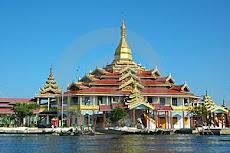
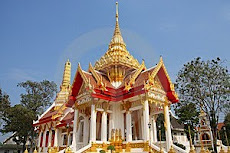



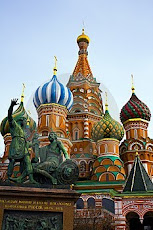


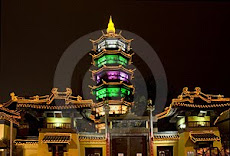
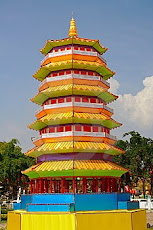
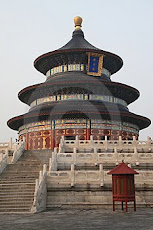
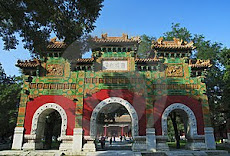

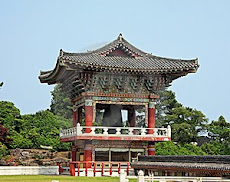
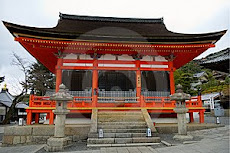

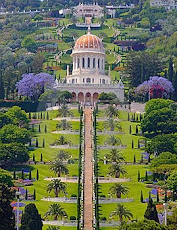



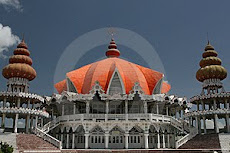

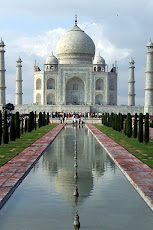

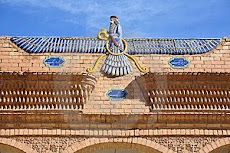
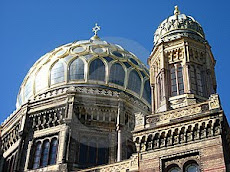

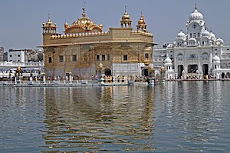
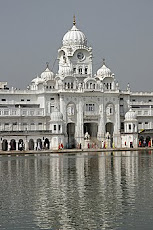
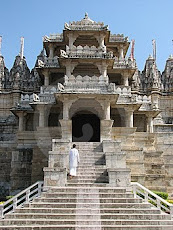






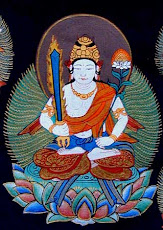







No comments:
Post a Comment